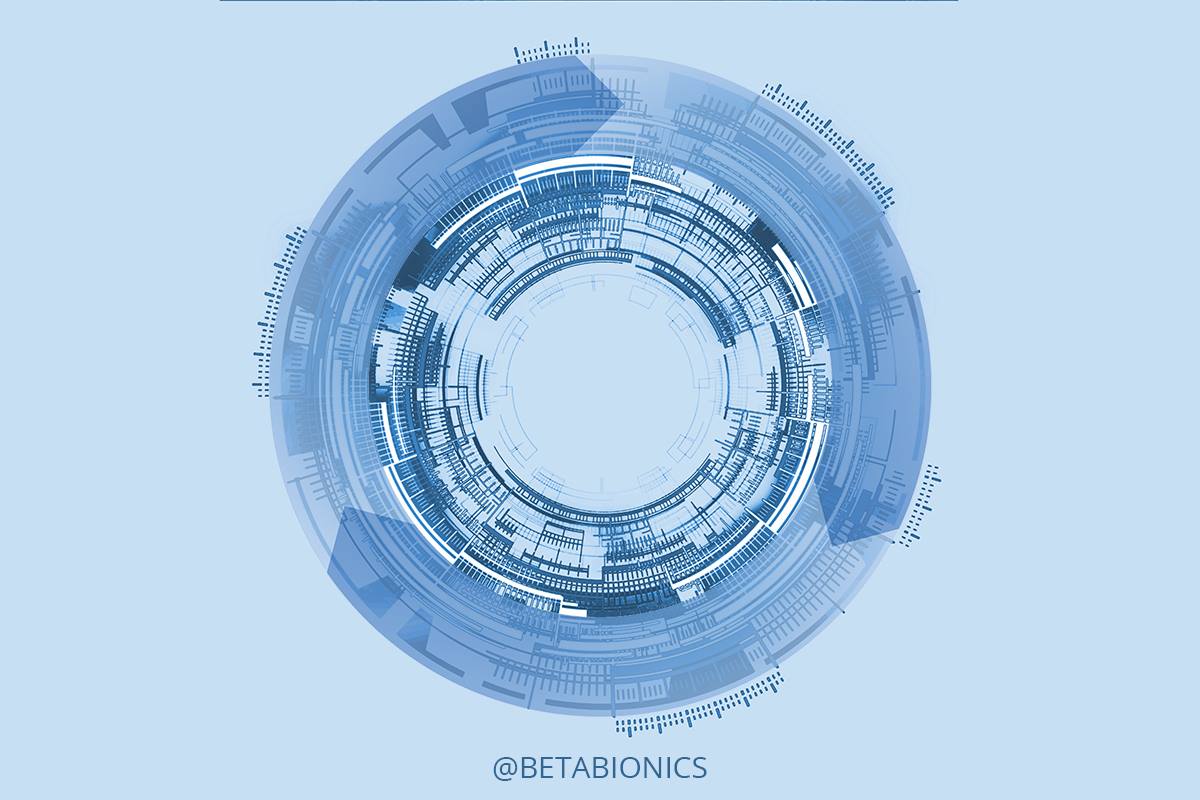The road to the bionic pancreas: A long day’s journey into light
For over 15 years, our research group at Boston University has been developing, integrating, and testing various bionic pancreas technologies for autonomous regulation of blood sugar levels in people with diabetes. The technology has evolved over the years from a crude and clumsy system of interconnected pumps and sensors cobbled together around a laptop computer, to a system that runs on an iPhone, which wireless communicates with one or two infusion pumps and a glucose sensor, and, finally, to its ultimate embodiment as a purpose-built, dual-chamber, infusion pump, a sensor receiving unit, and mathematical dosing algorithms all housed within a single compact integrated device, which we call the iLet® (in homage to the pancreatic islets of Langerhans which contain the alpha and beta cells that secrete glucagon and insulin).
The laptop version of our bionic pancreas was tested first in pre-clinical studies at Boston University between 2005 and 2009 and then in inpatient clinical trials with our collaborators at the Massachusetts General Hospital (MGH) between 2008 and 2012 in adults and adolescents with type 1 diabetes (T1D). Between 2013 and 2018 our research group, in collaboration with physician scientists at MGH and other academic research centers, have conducted over 15 outpatient and home-use clinical trials testing, first the iPhone, and then the iLet versions of the bionic pancreas together with our clinical collaborators at MGH, Stanford University, the University of North Carolina, the University of Massachusetts, the University of Colorado, and Nemours Children’s Health System. Results of these studies will be presented along with our plans for the final pivotal trials of the iLet, to begin in 2020, and the pathway ahead for regulatory clearance of a market application of the iLet to the US FDA.
Presented by Edward Damiano, PhD, Professor of Biomedical Engineering at Boston University and the President and CEO of Beta Bionics, Inc.
